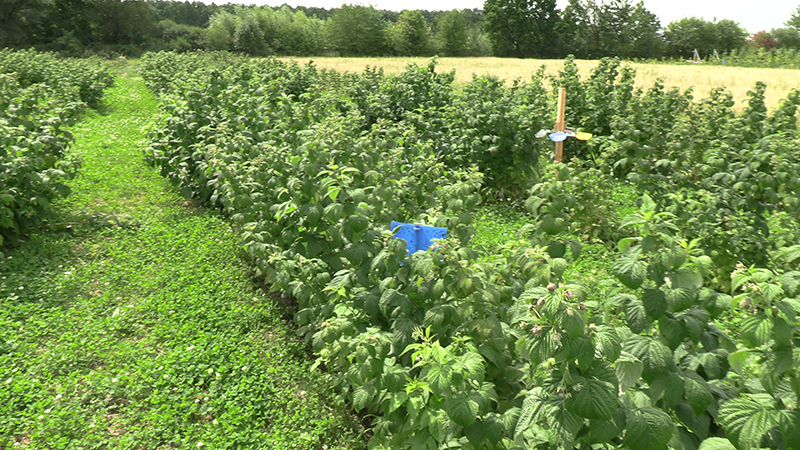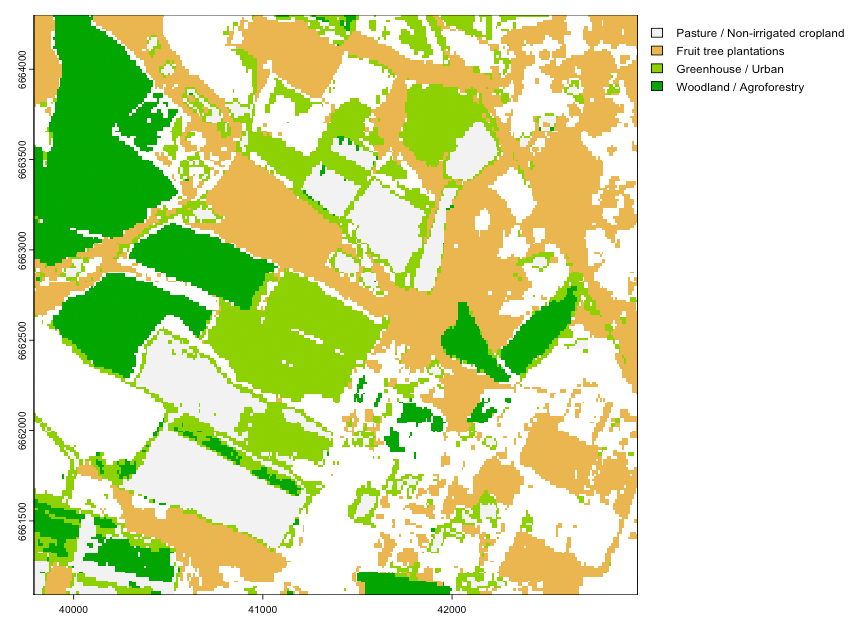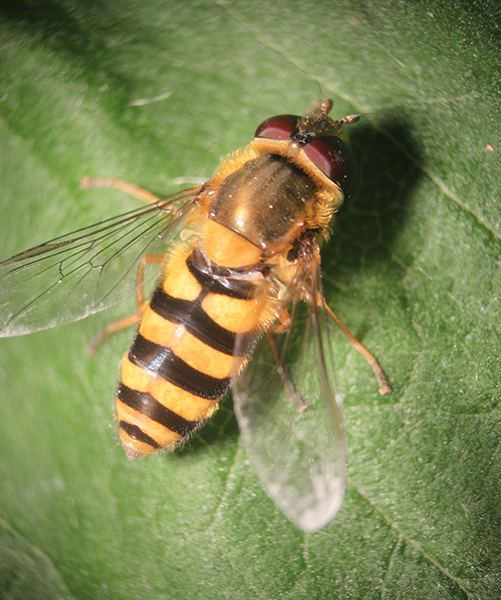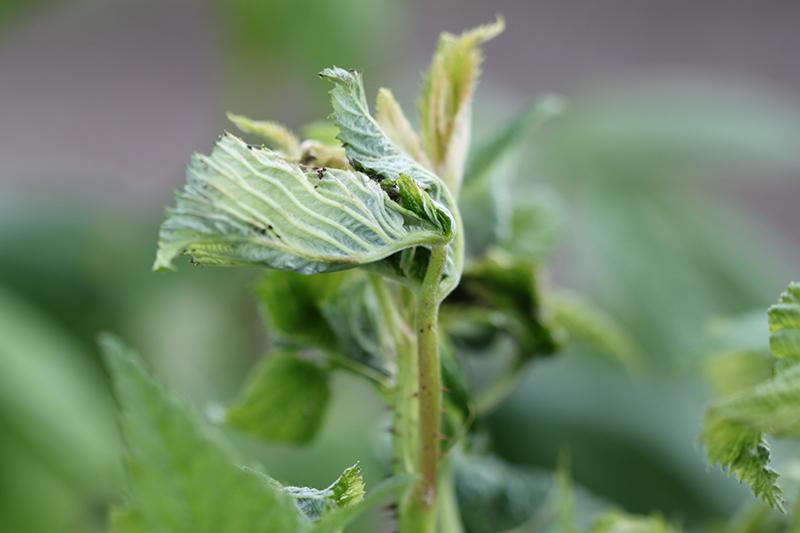Connections in the landscape. Role of landscape complexity in agroecosystem sustainability
Satisfying the rising demands for agricultural products with existing intensive agricultural farming practices is expected to exacerbate damage to the environment. Agrobiodiversity practices offer the opportunity to reconcile agriculture with sustainability.

Source: Małgorzata Tartanus, INHORT
Unsustainable activities that cause agroecosystem degradation and loss of biodiversity are associated with poor agroecosystem service delivery while heterogeneous landscapes are associated with more biodiverse and resilient ecosystems. The transition towards agricultural practices based on agrobiodiversity requires a holistic understanding of the ecological mechanisms at work in agroecosystems at the landscape level and their link with the technical dimension of the agricultural practices including understanding how landscape structure and complexity affect the supply of agroecosystem services.

Source: Marco Bascietto, CREA
AgroBioConnect aims to investigate the effect of landscape complexity over time and land cover/productivity dynamics on the above and belowground ecosystem services in a range of European agricultural landscapes. The relationship between the landscape spatial pattern and the ecosystem services provision will be analyzed using a multiscale/multilevel approach pursued by linking data from satellite remote sensing with biodiversity data collected in the field. The multilevel approach will be structured at three levels of analysis: the landscape diversity, assessed with remote sensing, the aboveground and belowground functional biodiversity of arthropods and soil organisms. The remote sensing data analysis will provide information on the degree of landscape fragmentation at various spatial scales over the last decade, allowing for a continuous assessment of its changes.

Source: Małgorzata Tartanus, INHORT
Monitoring the overall aboveground arthropod abundance and diversity as well as the specific presence of beneficial arthropods like predators, parasitoids and pollinators, that are important providers of ecosystem services such as pest control and pollination, will allow to estimate how crop management interacts with landscape. Soil functioning assayed by quantifying the gene expression of the soil microbiota’s key genes involved in the main biogeochemical cycles and analysis of the soil microbial diversity analyzed using metagenomic approaches will shade light on the intricated life web network in relation to landscape uses and the analysis of related impacts on agrobiodiversity and the sustainability of crop production.

Source: Małgorzata Tartanus, INHORT
The multilevel approach is expected to drive a better understanding on how landscape complexity influences ecosystem services provision, thus providing valuable knowledge for improving the agricultural landscape management for stakeholders/land managers, as well as useful information for implementing policy and actions targeted to achieve adaptation to climate change. In this regard, a tool to support biodiversity-friendly land management practices is planned to be developed following a method already implemented in Sweden.

Source: ELIGIO MALUSA’, INHORT
ELIGIO MALUSA’
The National Institute of Horticultural Research (INHORT), Poland
Email: eligio.malusa@inhort.pl
Luigi Orrù
Council for Agricultural Research and Economics (CREA), Italy
Michelle Fountain
National Institute for Agricultural Botany (NIAB), United Kingdom
Hannu Fritze
Natural Resources Institute Finland (Luke), Finland
Lene Sigsgaard
University of Copenhagen, Denmark
Magnus Ljung
Swedish University of Agricultural Sciences (SLU), Sweden
Mona Hesseldahl Christensen
HortiAdvice A/S (HAS), Denmark